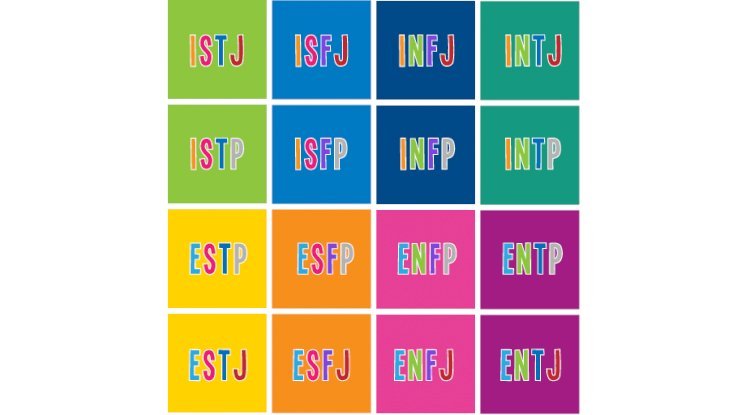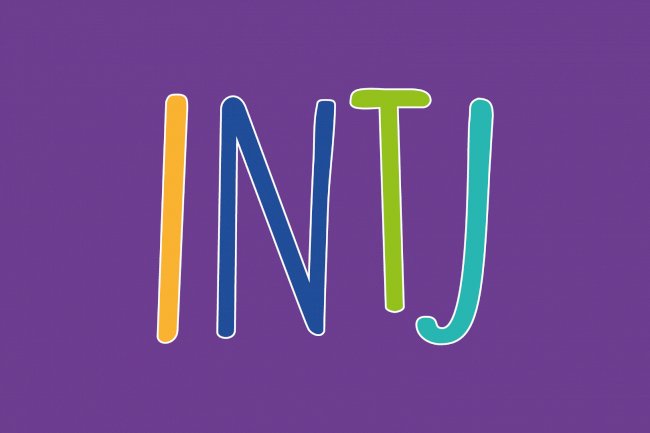16 Personalities Test
Through the 16 personalities test, you will know your dominant psychological traits and the strengths and weaknesses of your personality.

What is the OEJTS test?
The OEJTS (Open Extended Jungian Type Scale) test is an open-source alternative to the 16 personalities test or the Myers-Briggs assessment (MBTI). This test allows us to evaluate the personality and to know the types of preferences of the people, based on our answers about how we feel or act in certain situations.
According to the Myers-Briggs theory, parameters can be improved, while types are defined naturally over time. Therefore, this indicator tries to establish the order in which this occurs in people and allow them to learn about innate characteristics, creating the opportunity to improve and generate significant changes and personal growth.
It is important to clarify that there are no right or wrong answers, it simply tries to determine the dominant psychological traits of the person and is used above all for self-knowledge and to better understand interpersonal relationships.
The OEJTS test of the 16 personalities orders the psychological differences in four sets of opposite pairs or “dichotomies” whose combinations give rise to 16 psychological types based on the Myers-Briggs indicator (MBTI).
What are the dichotomies of personality?
The test consists of multiple-choice questions that respond to four dichotomies or opposite pairs and allows determining the dominant function and the auxiliary function of each subject:
- Introversion (I) and Extroversion (E): how the subject focuses their attention or obtain their energy (energy orientation).
- Sensing (S) and Intuition (N): it is the way in which the subject perceives or collects the information (information gathering).
- Thinking (T) and Feeling (F): it is the way in which the subject prefers to treat information (decision-making).
- Judging (J) and Perceiving (P): it is the main function of the subject, how it is oriented towards the outside world (mode of action).
Although people use all four cognitive functions, one of the functions is used more skillfully and more consciously. This dominant function is supported by the secondary (auxiliary) function, and to a lesser extent by the tertiary. The fourth function is the opposite of the dominant function and is the least conscious.
It should be noted that the scores for each of the dichotomies can vary considerably according to each person, even among those of the same type.
What are the 16 personalities?
The psychological types or 16 personalities result from the dynamic interaction of the four preferences, in relation to their individual tendencies and environmental influences. Sixteen outcomes are possible, each identified by its own four-letter code and denoted by its initial letter.
This test only indicates the inclination towards one preference over another. Therefore, someone who scores high on Extroversion compared to Introversion only indicates that they have a more defined preference.

Carry out our vocational and professional guidance tests for free by downloading our app
Don't forget to visit our web and find out more about Career Test
Below you will be able to know the characteristics of each personality. If you have already taken the OEJTS Test, select the personality that you obtained as a result.
Select one of the 16 personalities
What's Your Reaction?



















